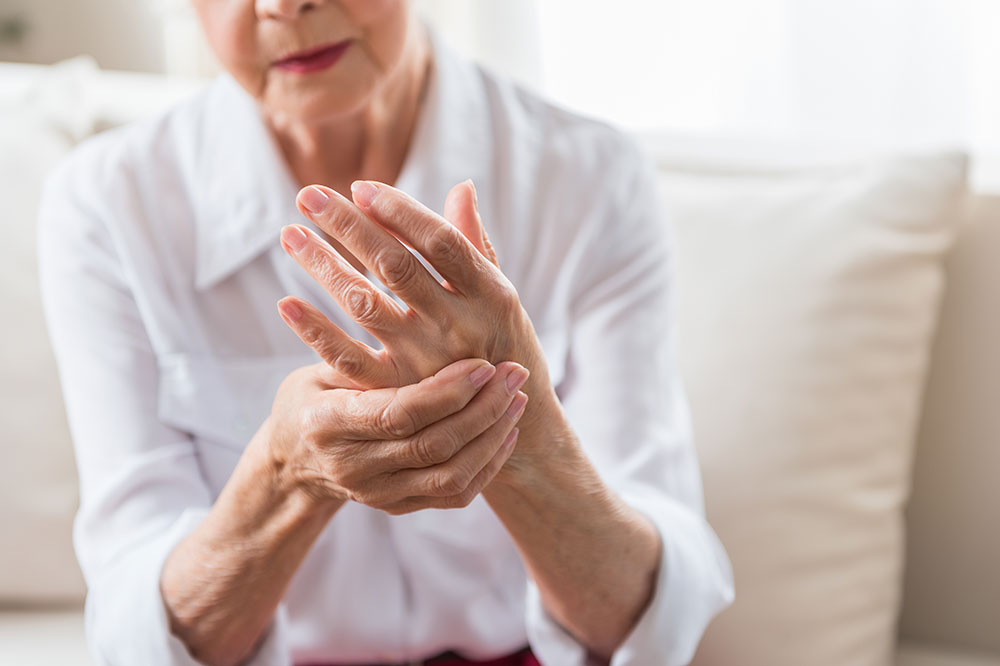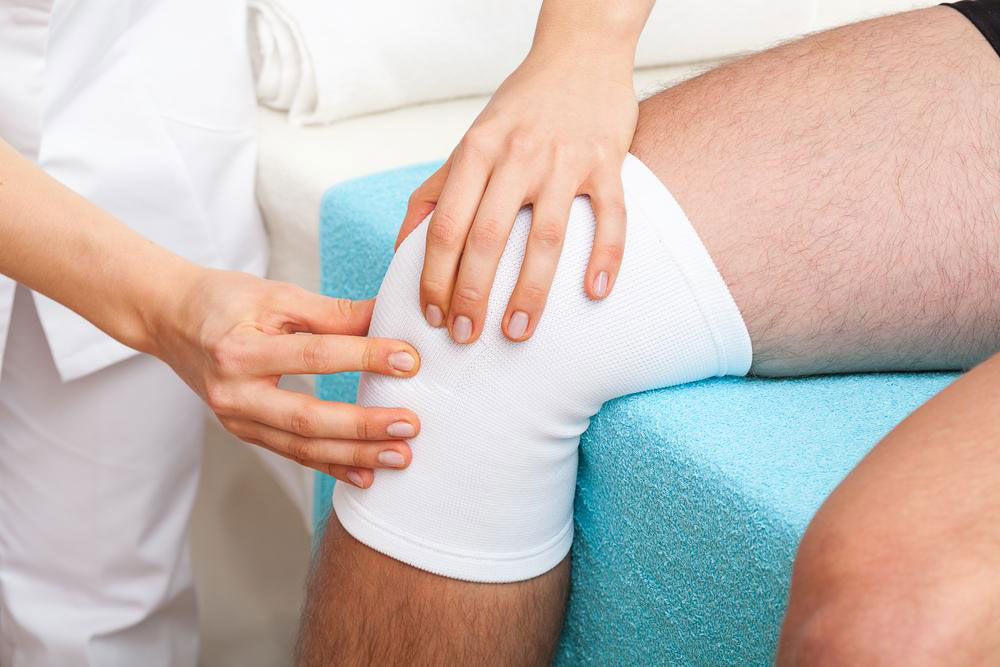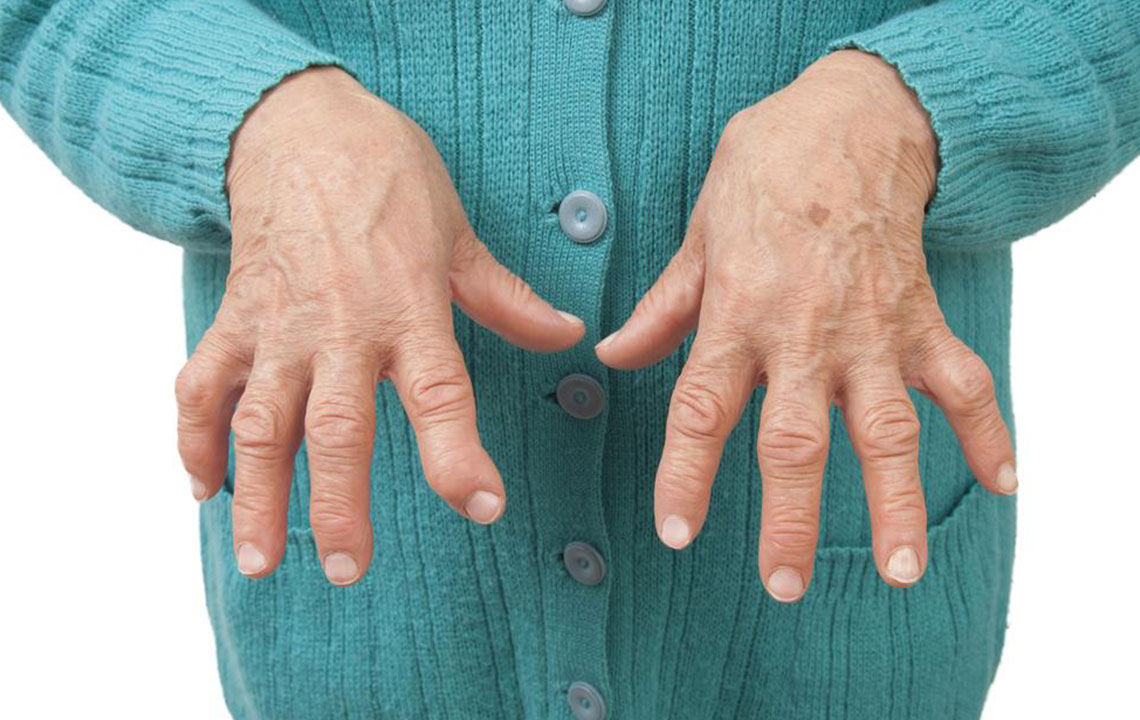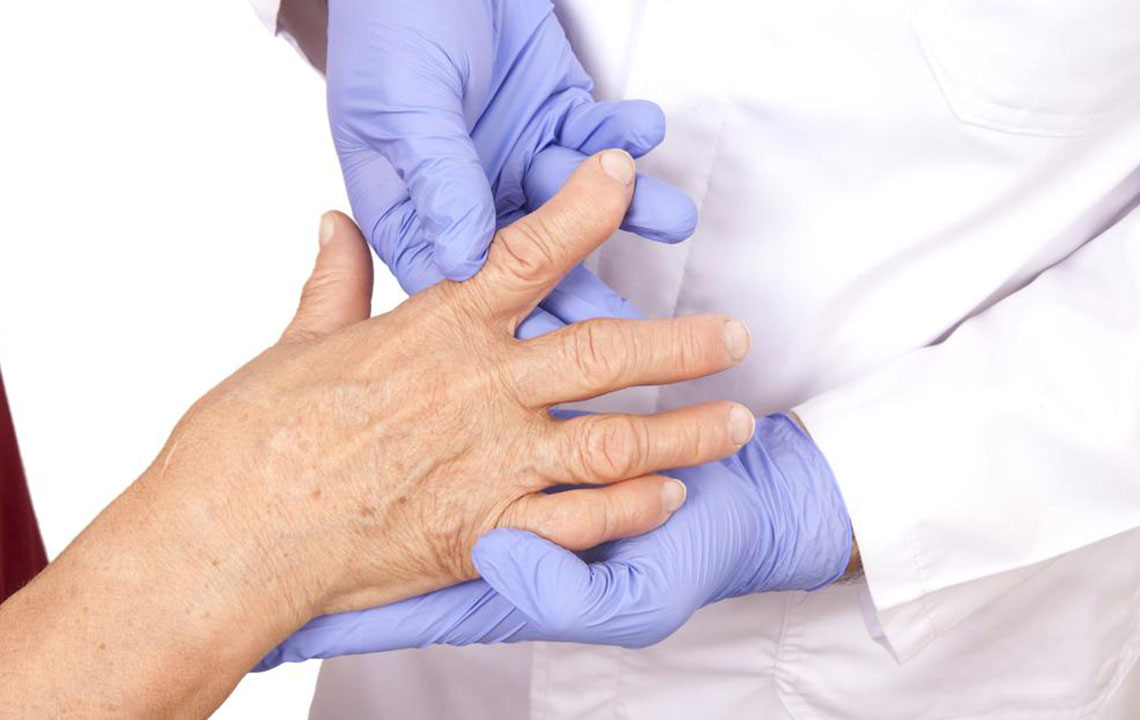Comprehensive Guide to Arthritis: Types, Causes, and Effective Treatment Strategies
This comprehensive guide covers the various types of arthritis, their causes, symptoms, and current treatment options. From osteoarthritis to rheumatoid arthritis, learn how to manage and live better with this common joint disorder. Early diagnosis and a combination of therapies are essential for maintaining mobility and quality of life.
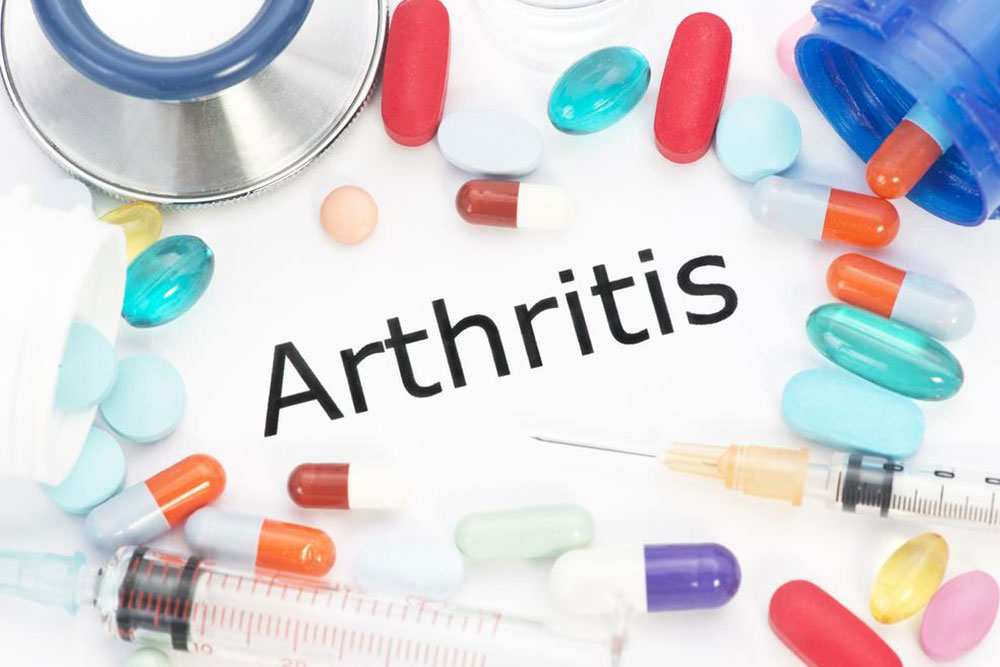
Comprehensive Guide to Arthritis: Types, Causes, and Effective Treatment Strategies
Arthritis is a widespread medical condition characterized by inflammation, pain, stiffness, and swelling in the joints. It affects people of all ages but is particularly prevalent among older adults. The disease spectrum is vast, encompassing numerous types, each with distinct causes, symptoms, and treatment approaches. Understanding arthritis is essential for effective management and improving the quality of life for those affected. This comprehensive guide will delve into the various types of arthritis, their underlying causes, typical symptoms, and the most current treatment options available today.
Arthritis is not a single disease but an umbrella term covering more than 100 different joint disorders. It ranks among the leading causes of disability worldwide, with implications for physical health, mental well-being, and daily functioning. In the United States alone, over 50 million adults and around 300,000 children are impacted by arthritis, demonstrating its widespread nature. Given its prevalence, awareness about arthritis, its symptoms, classifications, and management options is crucial for early diagnosis and effective treatment.
Classification of Arthritis Disorders:
The primary categories of arthritis include osteoarthritis, rheumatoid arthritis, gout, pseudogout, infectious arthritis, ankylosing spondylitis, juvenile idiopathic arthritis, and adult-onset Still's disease. Each type presents unique challenges and requires tailored treatment strategies.
Osteoarthritis: The most common form of arthritis, osteoarthritis results from cartilage degeneration, leading to bones rubbing against each other, which causes pain and stiffness. It typically affects weight-bearing joints such as hips, knees, and the spine, but can also impact fingers and other joints. Factors like aging, joint injury, obesity, and repeated stress accelerate cartilage wear.
Rheumatoid Arthritis: An autoimmune disorder where the immune system mistakenly attacks synovial tissues in the joints, leading to inflammation, pain, and eventually joint deformity. It often affects smaller joints first, such as fingers and toes, and may cause systemic symptoms like fatigue and fever.
Gout: Characterized by sudden and severe pain often in the big toe, gout occurs due to the crystallization of uric acid in joints, which triggers intense inflammation. It is linked to dietary factors, obesity, and genetic predisposition.
Pseudogout: Similar to gout but caused by calcium pyrophosphate crystal deposition, pseudogout affects larger joints like knees and hips, causing swelling and pain.
Infectious Arthritis: Results from bacterial, viral, or fungal infections invading the joint space, often leading to rapid joint destruction if untreated.
Other Types: Include ankylosing spondylitis, a chronic inflammatory disease primarily affecting the spine; juvenile idiopathic arthritis, which affects children; and adult-onset Still’s disease, a rare inflammatory disorder.
Symptoms and Diagnosis: While symptoms vary by type, common signs of arthritis include joint pain, swelling, stiffness, tenderness, redness, warmth, and reduced range of motion. Symptoms may worsen with activity or following periods of inactivity. Diagnosis involves a combination of clinical examination, medical history, blood tests, imaging studies (X-ray, MRI), and sometimes joint fluid analysis to identify inflammation or crystals.
Treatment and Management Strategies: As there is currently no cure for arthritis, treatment focuses on alleviating symptoms, preventing joint damage, and maintaining overall function and mobility. Management includes a combination of pharmacological and non-pharmacological approaches tailored to each patient’s needs.
Medications: Nonsteroidal anti-inflammatory drugs (NSAIDs), analgesics, corticosteroids, disease-modifying antirheumatic drugs (DMARDs), and biologic agents are commonly prescribed to control inflammation and pain. Uric acid-lowering drugs are used for gout management.
Physical Therapy and Exercise: Regular low-impact exercises such as swimming, walking, yoga, and tai chi strengthen muscles around joints, improve flexibility, and reduce stiffness. Physical therapists can guide specific routines to minimize stress on affected joints.
Weight Management: Maintaining a healthy weight reduces stress on weight-bearing joints and can significantly decrease symptoms, especially in osteoarthritis.
Assistive Devices: Braces, orthotics, and walking aids can provide support and reduce joint strain during daily activities.
Surgical Interventions: In advanced cases, joint replacement surgeries such as hip or knee replacements may be necessary to restore function and relieve pain.
Complementary and Alternative Therapies: Dietary modifications, acupuncture, massage, yoga, and tai chi are popular options that support overall well-being and help manage symptoms.
Living with arthritis involves ongoing management and lifestyle adjustments. Early diagnosis and a multidisciplinary approach significantly improve outcomes. Ongoing research aims to develop new therapies targeting joint inflammation, cartilage regeneration, and autoimmune responses, providing hope for more effective treatments in the future.
In conclusion, understanding the diverse types of arthritis, their causes, and available treatments empowers patients to take proactive steps toward better joint health. Whether through medication, lifestyle changes, or surgical options, effective management can help individuals lead active and fulfilling lives despite the challenges posed by arthritis.
